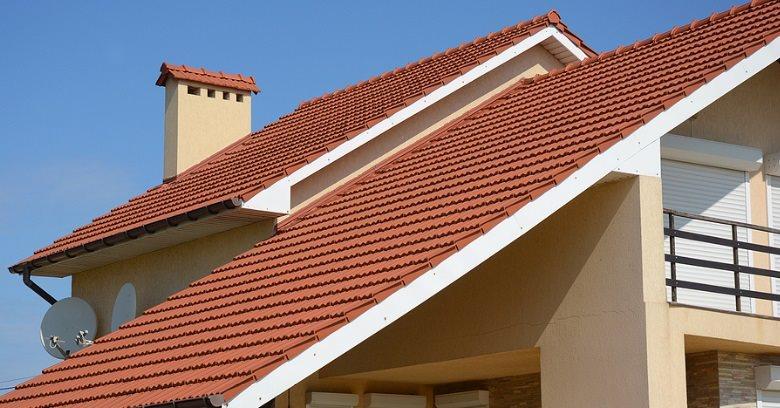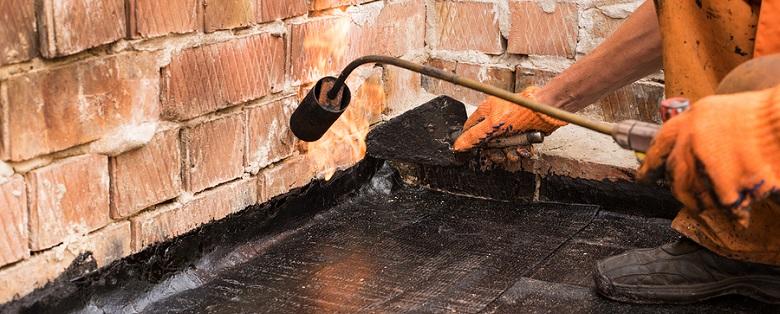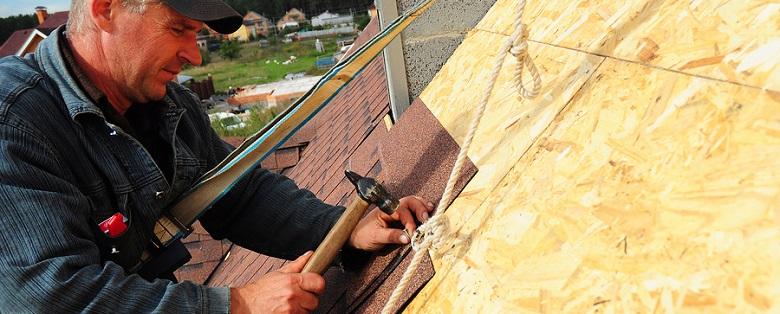Cedar roofing is preferred by many over asphalt roofs for its natural appearance and traditional character.
As well-loved as cedar shakes may be, they are definitely at the higher end of the price scale for shingle roofing, causing many to pass on them.
Price aside, is one better than the other?
Here is a quick comparison of the two to help decide if you want to have roofer services install asphalt or cedar on your home or building.
All About Cedar Shakes
Cedar shakes are a traditional wood type of shingle-type roofing adored by many for the classic look they give to any home or structure.
Having stood the test of time, they have been used as a roofing material for centuries if not longer due to the many qualities cedar possesses.
Cost seems to be the biggest deterrent for most people.
- Durability and Longevity - Rough cut, with a thicker bottom than a standard shingle, cedar shakes will last around 30 years if well-maintained and periodically coated in a protective sealant to keep moisture out. They are durable against most weather conditions and undamaged by ice, snow, hail, and wind, though fire-resistance is a problem.
- Ease of Installation - Because they must be nailed down individually, cedar shakes can take considerably longer for a roofer service to install.
- Appearance - The classic, chestnut-colored look of new wood that matures to a soft silver patina over time is the main attraction for those who like cedar shake roofs. Cedar wood offers a timeless look like no asphalt shingle or other wood or material can match.
- Maintenance Requirements - Like other wood roofing, cedar shakes must be cleaned every few years to keep algae and moss that eat away at the wood from growing on them. These roofs should also be periodically coated with a wood sealant to slow UV damage that can turn them brittle and rot from absorbing too much water.
- Cost - Cedar shake roofing usually costs about one-third more than a comparable installation of premium architectural or dimensional asphalt shingles.
All About Asphalt Shingles
Asphalt roofs have advanced considerably over the years, with today’s products being much more attractive and long-lasting than the very first iteration of this roofing.
Available in many shapes and styles that mimic other materials, it has become the most popular type of shingle roofing mostly due to the price.
- Durability and Longevity - Asphalt roofs come in many variations in size, look, style, and quality, so the longevity of each product will differ anywhere between 20 and 40 years. Premium asphalt roofing is fairly durable against most weather conditions and more fire-resistant than wood roofing, but can be blown off easily in strong winds and is easily damaged by hail and ice-damming.
- Ease of Installation - Asphalt shingles are one of the easiest materials for roofer services to install, so the installations go fairly quickly.
- Appearance - Though designer architectural and dimensional shingles can mimic other materials including wood shakes and shingles, they still do not compare in beauty to natural cedar shakes that go on bright and slowly age over time and give a traditional look to any structure.
- Maintenance Requirements – Asphalt roofs are nearly maintenance-free except for a cleaning every so often if there is any algae or mold found growing on it due to moisture.
-
Cost - Premium, longer-lasting dimensional shingles usually cost one-fourth to one-third less than a roof made of cedar shakes.
Cedar Shakes or Asphalt Shingles - Which Is Better?
Taking the different categories into account, it is easy to see that cedar shakes surpass asphalt shingles in durability and preferred appearance, while the asphalt prevails in ease of installation, fewer maintenance requirements, and lower cost.
Premium lifelong products also last longer than cedar shakes.
Which Is Best For You?
Although it seems the answer to this question might be clear, it really depends on your personal preferences and the details that matter most to you.
Ultimately, both are superior options in shingle roofing that will perform well with care and look great on a house or building.
The main factor about cedar shakes is their classic look and the amount of character they add to a building.
If appearance is a prime element for you and you are fine with paying a little more for roofer services and replacing your roof a little sooner, cedar is a great choice.
When a great look at a lower cost is your goal, dimensional shingles including ones that look like cedar shakes are the next best option!






